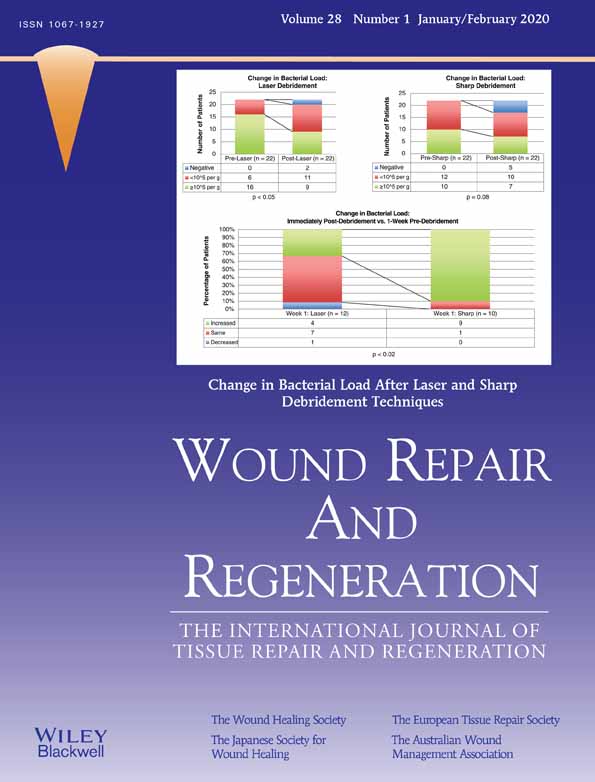Is there an association between vitamin D and diabetic foot disease? A meta-analysis
Abstract
It has been demonstrated that Vitamin D (25(OH)D) deficiency is associated with diabetes and with diabetic neuropathy. Some reports stated that vitamin D deficiency is also associated with diabetic foot ulcer and/or infection. Knowing the beneficial effect of vitamin D on wound healing, a quantitative evidence synthesis is needed to look for such association. Medline, Embase, Scopus, CINAHL, Cochrane Library, and Google Scholar were searched for from inception. The outcomes were set to be either the serum 25(OH)D level or the prevalence of patients with 25(OH)D with severe deficiency. Ten studies met the inclusion criteria with 1,644 patients; 817 diabetic patients with foot ulcers and 827 patients having diabetes without foot complications. The weighted mean differences was −0.93 (95% CI = −1.684 to −0.174, I2 = 97.8%, p = 0.01). The odds ratio of having severe vitamin D deficiency was 3.6 (95% CI = 2.940 to 4.415, I2 = 40.9%, p < 0.0001), in favor of the foot group. The quality of the included studies was found to be good to excellent. Diabetic foot complications are associated with significantly lower levels of vitamin D. Patients with diabetic ulcers or diabetic infection are at higher risk of bearing severe vitamin D deficiency. Knowing the beneficial effect of vitamin D on wound healing, it is likely that recognizing and supplementing with vitamin D could prevent or improve the outcomes of diabetic foot complications.




